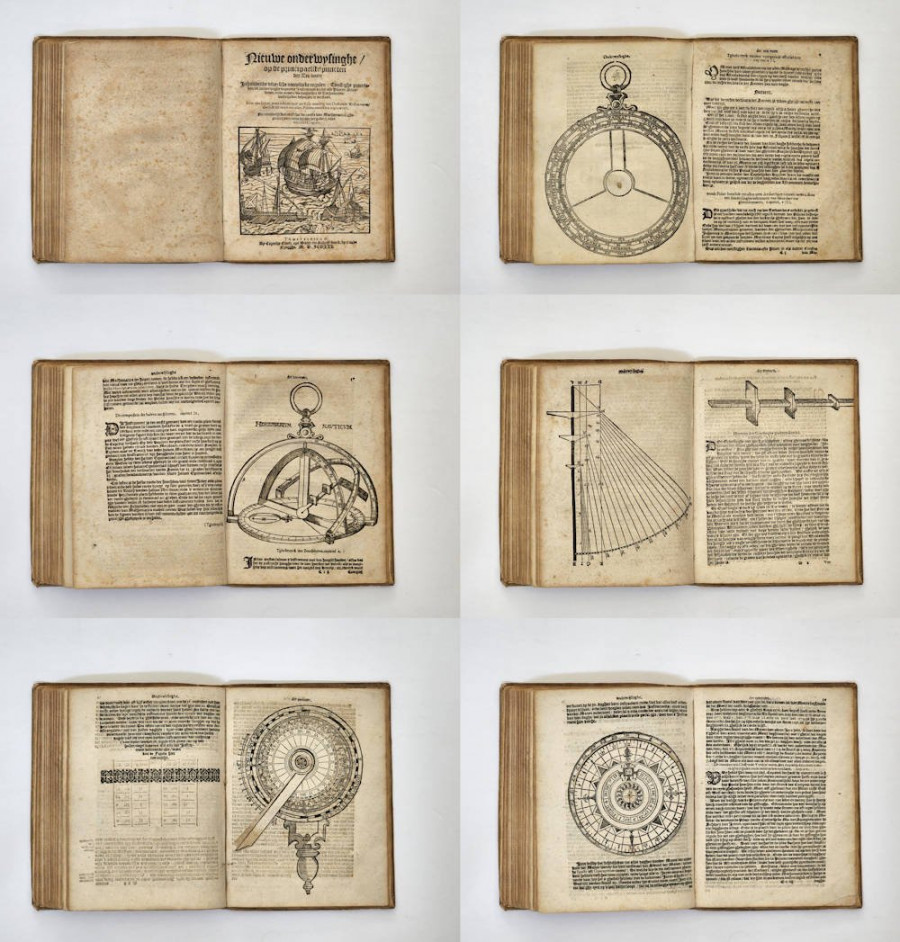Introduction
Egypt, the land of pharaohs, pyramids, and the enigmatic Nile River, stands as a testament to human ingenuity and resilience. Its rich history, spanning over three millennia, has captivated the imaginations of people worldwide, inspiring countless works of art, literature, and scientific exploration. Ancient Egypt’s legacy is not merely confined to the past; its enduring influence permeates our present and shapes our vision for the future.

Exploring the Past: Unveiling the Mysteries of Ancient Egypt
Ancient Egypt’s allure lies in its profound impact on the development of civilization. Its people were among the first to develop a system of writing, hieroglyphics, which allowed them to record their history, beliefs, and scientific knowledge. They mastered the art of construction, erecting monumental pyramids and temples that continue to awe visitors today. Their understanding of astronomy and mathematics enabled them to create accurate calendars and predict celestial events.

Connecting to the Present: Ancient Egypt’s Enduring Influence
The legacy of Ancient Egypt is not merely a relic of the past; it continues to shape our present in profound ways. The concept of the afterlife, a central tenet of Egyptian belief, has influenced religious and philosophical thought for centuries. Egyptian art and architecture have inspired countless artistic movements and architectural designs. Their advancements in engineering and agriculture continue to inform modern practices.
Shaping the Future: Ancient Egypt as a Source of Inspiration
Ancient Egypt’s enduring legacy serves as a source of inspiration for the future. Its emphasis on knowledge, innovation, and cultural exchange provides valuable lessons for our modern world. The exploration of Ancient Egypt’s past continues to yield new discoveries, offering insights into human potential and resilience.
The Keepers of Time: Preserving and Sharing Ancient Egypt’s Legacy
Archaeologists, historians, and Egyptologists play a crucial role in preserving and sharing Ancient Egypt’s legacy. Their dedicated work has unearthed countless artifacts, deciphered ancient texts, and reconstructed the lives of Egypt’s past inhabitants. Their tireless efforts ensure that the wonders of Ancient Egypt continue to inspire and enlighten generations to come.
Conclusion
The Role of Calendars in Human History
Calendars have been an integral part of human civilization since the dawn of time. They are not merely tools for tracking the passage of days, weeks, and months; they are also cultural artifacts that reflect our understanding of the cosmos, our beliefs about time, and our connection to the past, present, and future.
The ancient Egyptians were among the first civilizations to develop a sophisticated calendar system. Their calendar was based on the cycles of the Nile River, which played a central role in their agricultural society. The Egyptians observed that the Nile flooded every year for a period of about 100 days, followed by a dry season of about 265 days. They divided this cycle into 12 months, each with 30 days, and added five extra days at the end of the year to make up for the difference between their lunar calendar and the solar year.
The Egyptians used their calendar to plan agricultural activities, religious festivals, and important events such as coronations and battles. They also believed that the calendar could influence the course of events, and they would consult with priests and astrologers to determine the most auspicious times for important undertakings.
The Roman calendar, which was adopted by Julius Caesar in 46 BC, is still used in many parts of the world today. The Roman calendar is a solar calendar, which means that it is based on the apparent motion of the sun through the zodiac. The Roman calendar has 12 months, with 31 days in seven of them, 30 days in four of them, and 28 or 29 days in February, depending on whether it is a leap year or not.
The Gregorian calendar, which was introduced by Pope Gregory XIII in 1582, is a more accurate version of the Roman calendar. The Gregorian calendar corrects for the fact that the solar year is not exactly 365.24 days long. The Gregorian calendar has 365 days in ordinary years and 366 days in leap years.
Calendars have continued to evolve throughout history, and there are now many different types of calendars in use around the world. Some calendars are based on lunar cycles, while others are based on solar cycles. Some calendars are religious, while others are secular.
In recent years, there has been a growing interest in alternative calendars. Some people believe that the Gregorian calendar is inaccurate and that it does not reflect the true nature of time. Others believe that the Gregorian calendar is too Eurocentric and that it does not take into account the diverse cultures of the world.